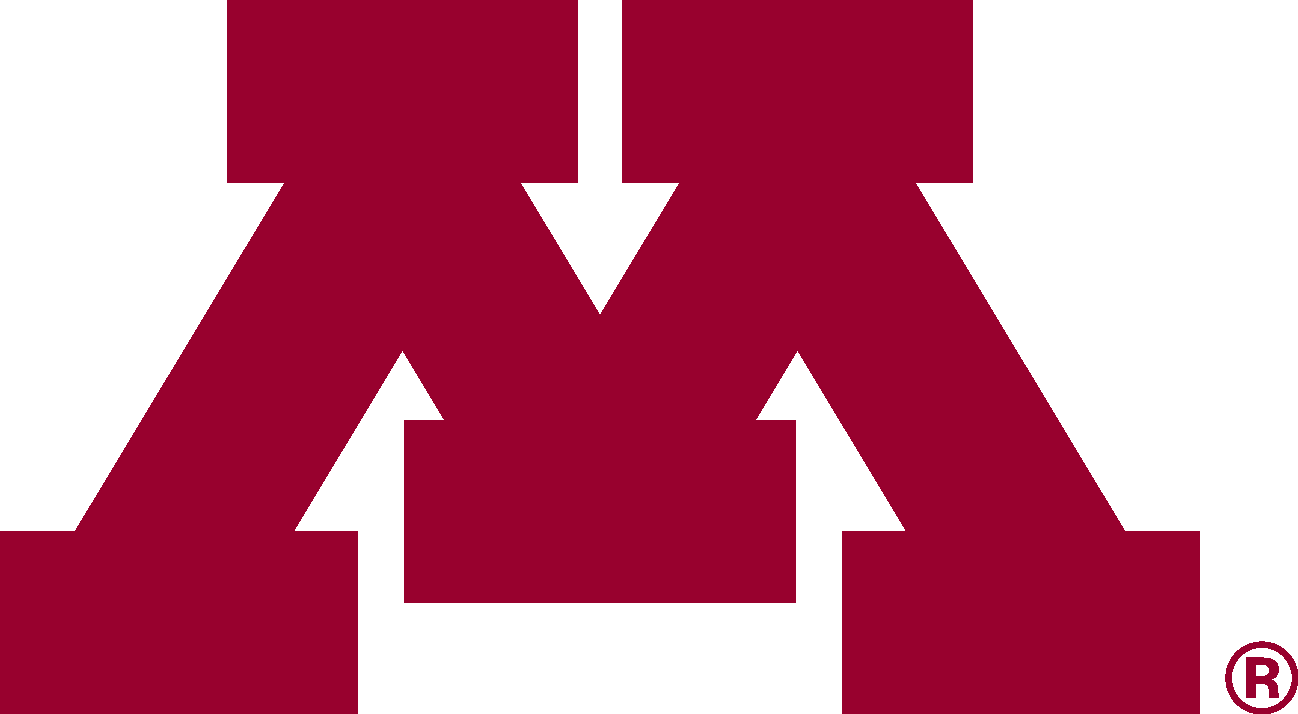CULTURE
CROW CREEK CULTURE
Crow Creek is located on the Missouri River 60 miles southeast of Pierre and is inside Buffalo County, South Dakota. The reservation and the Crow Creek Sioux Tribe are organized into three Districts: Big Bend, Crow Creek, and Fort Thompson, encompassing 125,000 acres with 2,176 tribal reservation residents.
CROW CREEK HISTORY
The Early History of the Crow Creek
Over the Years
Sept 3, 1783
Second Treaty of Paris
- The treaty is signed at the end of The American Revolutionary War, and a small piece of land to the east of the Mississippi river is obtained, in what is now modern day Minnesota
July 4, 1803
Louisiana Purchase
- President Jefferson announces Louisiana purchase, encompassing over 1/3rd of the continent, along with part of Minnesota to the west of the Mississippi and to the south of the Minnesota river
1803-1839
Exploration & Settlement
- Over the next few years, daring Americans start exploring these new lands, including one Zebulon Pike. In 1805, he bargained with Native Americans to acquire land where the Mississippi and Minnesota rivers meet
1819-1825
Fort Snelling Built
- Fort Snelling was built on this land acquired, later to become Minneapolis as more came to settle near the fort. In 1839, the Army forced the Native Americans to move downriver, and they settled in the area that became St. Paul
March 3, 1849
Minnesota Territory
- The territory is officially declared, as settlers come en masse to begin farming, hunting, logging and trading. Tensions between the Native tribes, including the Dakota Sioux, grow
July 23 1851
Treaty of Traverse des Sioux
- Ceding much of the southern and western portion of Minnesota to the US for about seven and a half cents an acre
August 5, 1851
Treaty of Mendota
- Ceded the lands of the Mdewakanton and Wahpekute bands of the Dakota to the United States.
May 11, 1858
Minnesota Statehood
- Representatives of the Dakota bands led by Little Crow traveled to Washington, D.C. to demand existing treaties enforced, but ended with the northern half of the reservations ceded by the Dakota, damaging Little Crow’s reputation among his people
Early 1862
Treaties Breached
- Late payments due to the Civil War and fur traders collecting more money than owed from credit payments, caused tensions to escalate. Dakota pleaded, but not before violence erupted
August 17, 1862
Beginings of War
- Four young Dakota men on a hunting trip stole food and killed five settlers, leading to a Dakota War council convening where leader, Little Crow, agreed to drive out settlers
AUGUST 18, 1862
Start of U.S. – Dakota War
- Dakota arrive at the Lower Agency, but were met with insults, including fur trader Andrew Myrick’s famous last words, “[you can] eat grass, for all I care.” Myrick was found murdered with grass stuffed in his mouth, initiating the war
AUGUST - SEPTEMBER 26, 1862
Surrender at Battle of Wood Lake
- Little Crow’s war party burned villages and killed between 1,200 – 1,800 settlers, until they surrendered after the Battle of Wood Lake at Camp Release. 303 Dakota were captured, all but 38 had their sentences commuted by President Lincoln
December 26, 1862
Hanging in Mankato
- 38 men were hung in Mankato, as the largest public execution in US history.
Continue the story of the Crow Creek
STARTING NOW
Dakhóta Language
Haŋ Mitákuyepi – hello relatives. Iyókphiya wačhíyakapi, a good greeting to all of you.
The Dakhóta language is spoken by the Húŋkpati Oyáte from the band of the Iháŋkthuŋwaŋna known as the Little Dwellers at the end of the camp circle. The Dakhóta language connects the people to traditional stories and ceremonies. As care takers of Uŋči Makȟá or Mother Earth, is the center of life for the Dakhóta oyáte (nation or people). Protecting the lands is important, and to preserve the Dakhóta language is part of keeping the traditional values of honesty and integrity- owótaŋna with prayer-wóčhekiye. The Húŋkpati Oyáte speak the “D” dialect, which there is also the “L” dialect spoken by the Lakota and “N” dialect spoken by the Nakoda.
The University of Minnesota offers a Dakhota Language program as part of a movement throughout the Dakota communities in US and Canada to learn and preserve the Dakhota language. For more information, click here on the link.
Phidámayayapi (thank you all) Tókšta akhé (till we meet again). Taŋyaŋ nihdúhapi, take care of yourselves.
Learn more abou the Dakhota Language
Documentary Film
One man’s vision of the mass execution of his ancestors, leads him on an unforgettable journey of reconciliation and healing. Learn about the 38+3 and their journey across the land time to heal the generational wounds of the past.
This film was created in line with Native healing practices. In honoring this ceremony, we are screening and distributing “Dakota 38″ as a gift rather than for sale. This film was inspired by one individual’s dream and is not promoting any organization or affiliated with any political or religious groups. It was simply created to encourage healing and reconciliation.
Feather Youth is a non-profit with the mission to support activities for youth in our community where participants can learn from one another, discover new possibilities for their lives, and use their individual and collective creativity to explore positive change.” Silas Hagerty, Founder & Director

